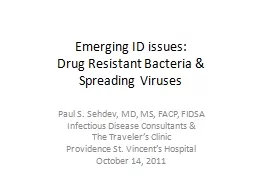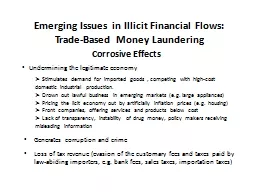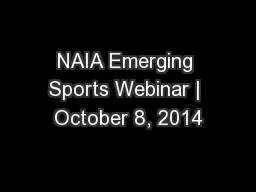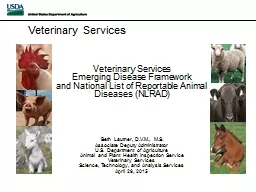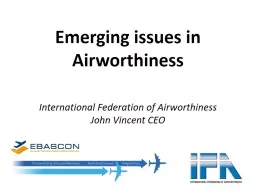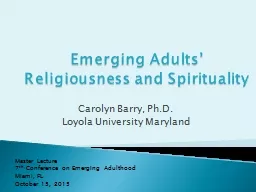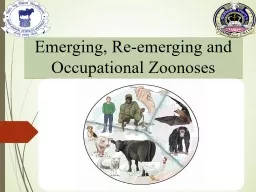PPT-Emerging ID issues:
Author : stefany-barnette | Published Date : 2016-03-08
Drug Resistant Bacteria amp Spreading Viruses Paul S Sehdev MD MS FACP FIDSA Infectious Disease Consultants amp The Travelers Clinic Providence St Vincents Hospital
Presentation Embed Code
Download Presentation
Download Presentation The PPT/PDF document "Emerging ID issues:" is the property of its rightful owner. Permission is granted to download and print the materials on this website for personal, non-commercial use only, and to display it on your personal computer provided you do not modify the materials and that you retain all copyright notices contained in the materials. By downloading content from our website, you accept the terms of this agreement.
Emerging ID issues:: Transcript
Download Rules Of Document
"Emerging ID issues:"The content belongs to its owner. You may download and print it for personal use, without modification, and keep all copyright notices. By downloading, you agree to these terms.
Related Documents

